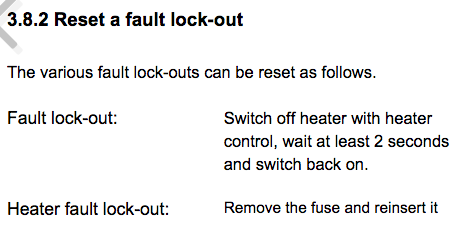Astral Blue
Veteran Member
- Joined
- Apr 8, 2012
- Messages
- 71
- Location
- Sacramento, CA
- Vessel Name
- Astral Blue
- Vessel Make
- Bayliner Victoria 2750 Command Bridge
I have a Planar 8DM Diesel forced air heater installed on my boat. I have used it for two years and am very happy with it. In my original installation, I have been using the 2 liter fuel tank that comes with it. This past weekend, I plumbed a tee into my main fuel supply (after the Racor fuel/water separator). The line running between the fuel tank and the heater's pump is about 12 feet. It is on a slight incline, so there is no gravity helping the flow of fuel.
The plumbing part went well...until I turned the heater on. I discovered the piston pump that comes with the unit is not capable of priming the system. I want to give the pump a little help, so I purchased an second pump pump and am planning on installing it at the point I have teed into the fuel line. Here is the pump I purchased:
12V Universal Car Boat Fuel Pump Metal Solid Electric Diesel Petrol Hep 02A Set | eBay
I plan to have a separate switch where I turn it on with the heater. It's not the ideal configuration, but I want to give it a try.
If this does not work or the advice I'm given here shows my plan to be non-viable, I'm planning on reinstalling the tank that came with the unit and going back to my old configuration. I will use the pump to fill my heater's fuel tank as needed.
So, the 68 million dollar question is whether anyobdy has attempted this before. Your thoughts?
Thanks in advance!
The plumbing part went well...until I turned the heater on. I discovered the piston pump that comes with the unit is not capable of priming the system. I want to give the pump a little help, so I purchased an second pump pump and am planning on installing it at the point I have teed into the fuel line. Here is the pump I purchased:
12V Universal Car Boat Fuel Pump Metal Solid Electric Diesel Petrol Hep 02A Set | eBay
I plan to have a separate switch where I turn it on with the heater. It's not the ideal configuration, but I want to give it a try.
If this does not work or the advice I'm given here shows my plan to be non-viable, I'm planning on reinstalling the tank that came with the unit and going back to my old configuration. I will use the pump to fill my heater's fuel tank as needed.
So, the 68 million dollar question is whether anyobdy has attempted this before. Your thoughts?
Thanks in advance!

